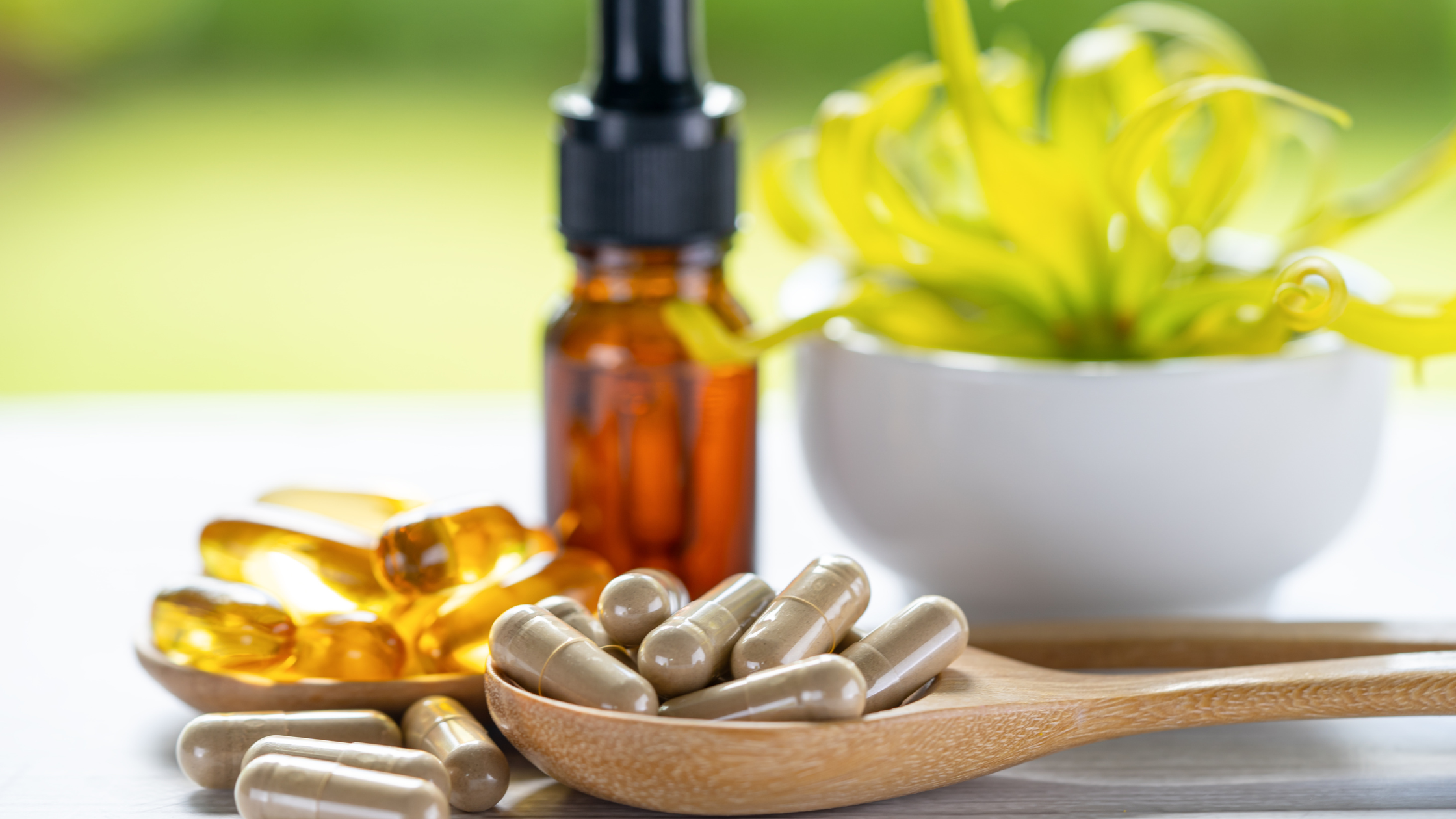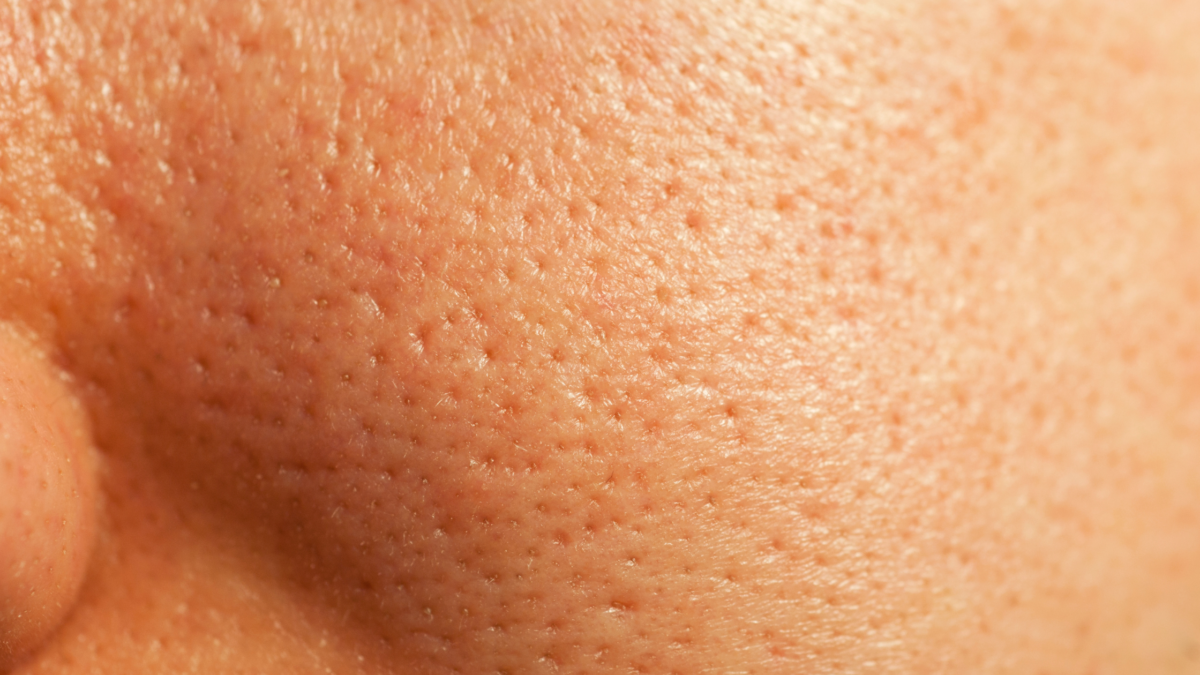


Medically Reviewed By Margaret Etudo. Written By The Vitamins For Woman Team.
Your first step to calm, resilient, and visibly healthier skin.

If your face burns after applying moisturizer or redness flares up for no apparent reason, your skin may be trying to tell you something: your barrier is compromised.
The skin barrier is the body’s first defence against environmental aggressors, and when it’s damaged, even simple products can become irritating.
In 2025, dermatologists agree on one universal skincare truth: skin barrier repair should be the foundation of any regimen, especially if you have sensitive skin or are recovering from over-exfoliation. Whether you’re a skincare minimalist or a devoted enthusiast, understanding how to repair and protect your skin barrier is critical for long-term skin health.
This guide breaks down the science of the skin barrier, signs of damage, and the most effective recovery steps backed by current research.
The skin barrier, also called the stratum corneum, is the outermost layer of your skin. Imagine your skin barrier like a sturdy wall. The skin cells are the bricks, and the mix of fats—like ceramides, cholesterol, and fatty acids—acts like the glue holding those bricks together. This “glue” keeps moisture and blocks things irritating your skin, like germs and pollution.
Your skin barrier works like an intelligent security system. It keeps your skin hydrated, balanced, and protected from outside threats. But it stops working correctly when it is damaged by harsh soaps, too much exfoliating, sun exposure, or stress. That means moisture leaks out, bad stuff gets in, and your skin becomes irritated, red, or inflamed.
When your barrier is compromised, your skin reacts quickly. Here are five key damaged skin barrier symptoms to watch out for:
If your cheeks or nose stay flushed for days, not just after a workout or heat exposure, your skin may be inflamed from a weakened barrier. This redness often lingers and worsens with product application.
Stinging, burning, or itching after using products that used to feel fine? It’s a telltale sign. Even gentle products can cause discomfort when you have a broken skin barrier.
Excess dryness or visible flaking means your skin is losing moisture faster than it can retain—classic signs of barrier dysfunction.
A damaged barrier lets in bacteria, increasing your risk of acne and even fungal infections. Your skin may also react to ingredients once tolerated.
If your skin feels tight after cleansing and doesn’t bounce back even after moisturizing, it’s likely dehydrated from impaired barrier function.
Consistency is more important than many products in restoring your skin barrier. This dermatologist-backed routine uses minimal but practical morning and evening care steps.
When scanning skincare labels, look for these clinically supported ingredients—each essential to restoring a healthy barrier.
Ceramides are 40% of barrier lipids naturally found in the skin. A drop in ceramide levels is directly linked to barrier damage. Topical ceramides help restore barrier function, reduce dryness, and soothe sensitivity. Use a ceramide serum for skin barrier repair both morning and night.
Cholesterol works synergistically with ceramides to maintain skin structure. It makes up 25% of skin barrier lipids. In studies, formulations combining ceramides, cholesterol, and free fatty acids in a 3:1:1 ratio yielded the best results for barrier restoration.
Fatty acids like linoleic acid (omega-6) replenish moisture and improve elasticity. They also have anti-inflammatory properties, which are ideal for sensitive or over-exfoliated skin.
Niacinamide strengthens the barrier, reduces inflammation, and supports ceramide synthesis. Look for concentrations between 2–5% to avoid irritation.
Occlusives form a protective seal to reduce moisture loss. According to dermatologists, the base of Vaseline, called petrolatum, reduces water loss by 99% and supports skin barrier repair.
It varies by severity. Mild barrier damage may improve in 3 to 5 days, while moderate to severe damage, like chemical peels or overuse of retinoids, may take 2 to 6 weeks. Key factors include your age, skincare habits, and climate. Patience is essential—pushing too hard with “actives” too soon can delay recovery.
Not directly. Hyaluronic acid is a humectant that pulls moisture into the skin but doesn’t rebuild the lipid barrier. However, when paired with occlusives or ceramides, it supports hydration while the barrier heals.
Yes. Vaseline (100% white petrolatum) is one of the most effective occlusive agents. It prevents water loss and protects raw or sensitive skin during healing. It’s beneficial after retinoid overuse or post-procedure care.
Your skin barrier is more than a cosmetic concern—it’s essential for immune defence, hydration, and overall skin resilience. In 2025, the best skincare approach isn’t about doing more; it’s about doing what strengthens the barrier.
If you feel like it’s burning, peeling, or staying red no matter what you do, it’s time to pause. Instead of reaching for more treatments, focus on calming things down. Gentle, proven ingredients and a simple routine can help your skin recover and feel safe again.
Taking care of your skin barrier now means giving your skin a better chance to stay healthy, glowing, and strong in the long run.
Parrado C, Mercado-Saenz S, Perez-Davo A, Gilaberte Y, Gonzalez S, Juarranz A. Environmental stressors on skin aging. Mechanistic insights. Frontiers in Pharmacology. 2019;10:759.
Bouwstra JA, Nădăban A, Bras W, McCabe C, Bunge A, Gooris GS. The skin barrier: An extraordinary interface with an exceptional lipid organization. Progress in Lipid Research. 2023;92:101252.
Kanwar AJ. Skin barrier function. The Indian Journal of Medical Research. 2018;147(1):117.
Chambers ES, Vukmanovic‐Stejic M. Skin barrier immunity and ageing. Immunology. 2019;160(2):116.
Draelos ZD, Diaz I, Namkoong J, Wu J, Boyd T. Efficacy evaluation of a topical hyaluronic acid serum in facial photoaging. Dermatology and Therapy. 2021;11(4):1385.
Kunde R. What to know about ceramides for skin. WebMD.
Zettersten EM, Ghadially R, Feingold KR, Crumrine D, Elias PM. Optimal ratios of topical stratum corneum lipids improve barrier recovery in chronologically aged skin. Journal of the American Academy of Dermatology. 1997;37(3):403-408.
Marques C, Hadjab F, Porcello A, et al. Mechanistic insights into the multiple functions of niacinamide: therapeutic implications and cosmeceutical applications in functional skincare products. Antioxidants. 2024;13(4):425.
Kang SY, Um JY, Chung BY, et al. Moisturizer in patients with inflammatory skin diseases. Medicina. 2022;58(7):888.

medically reviewed by margaret etudo, BPharm. written by the vitamins for woman team.